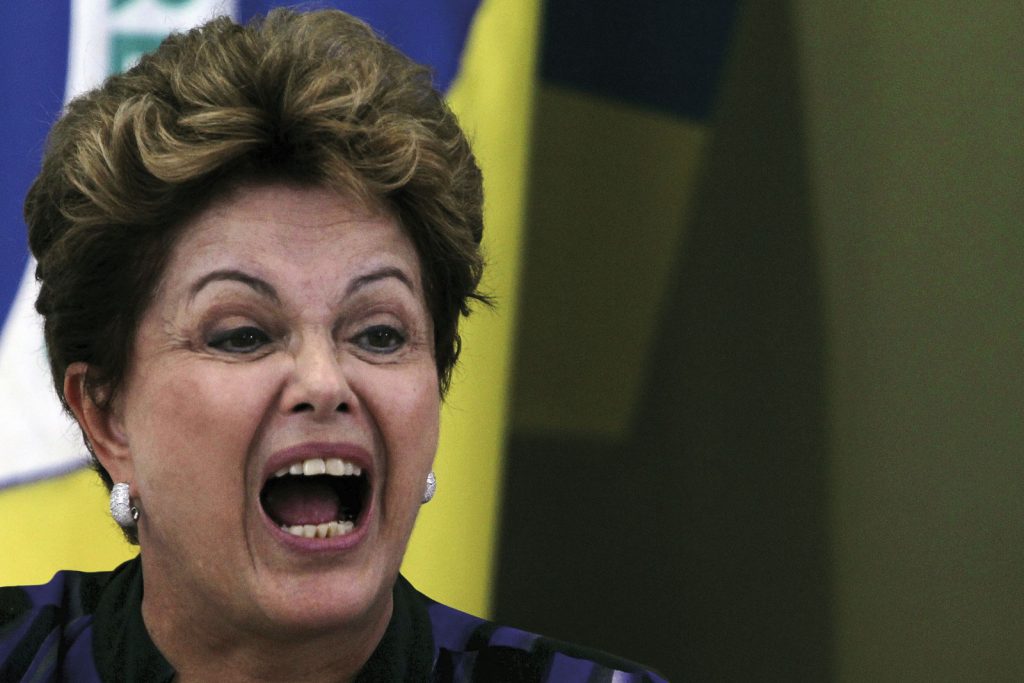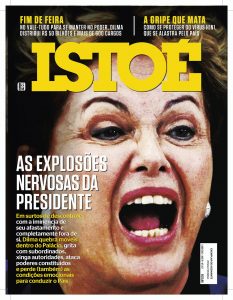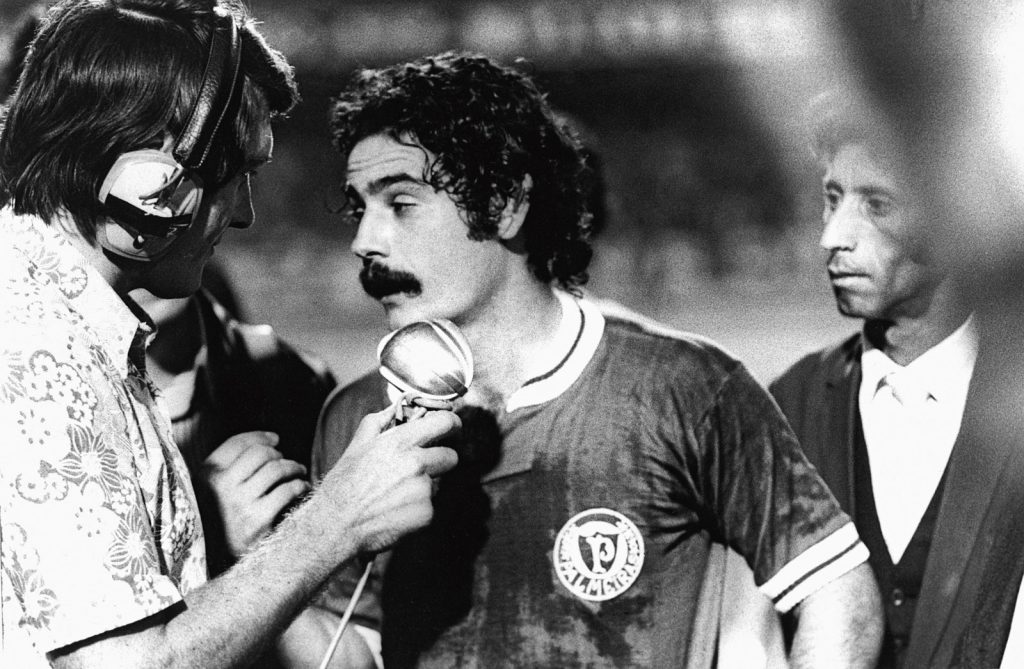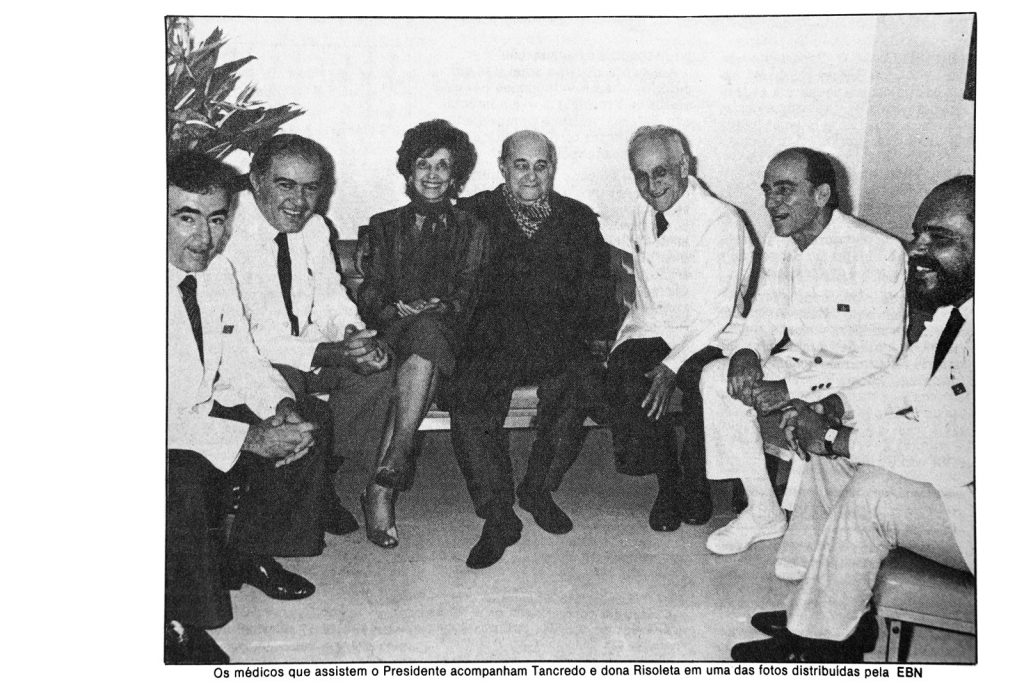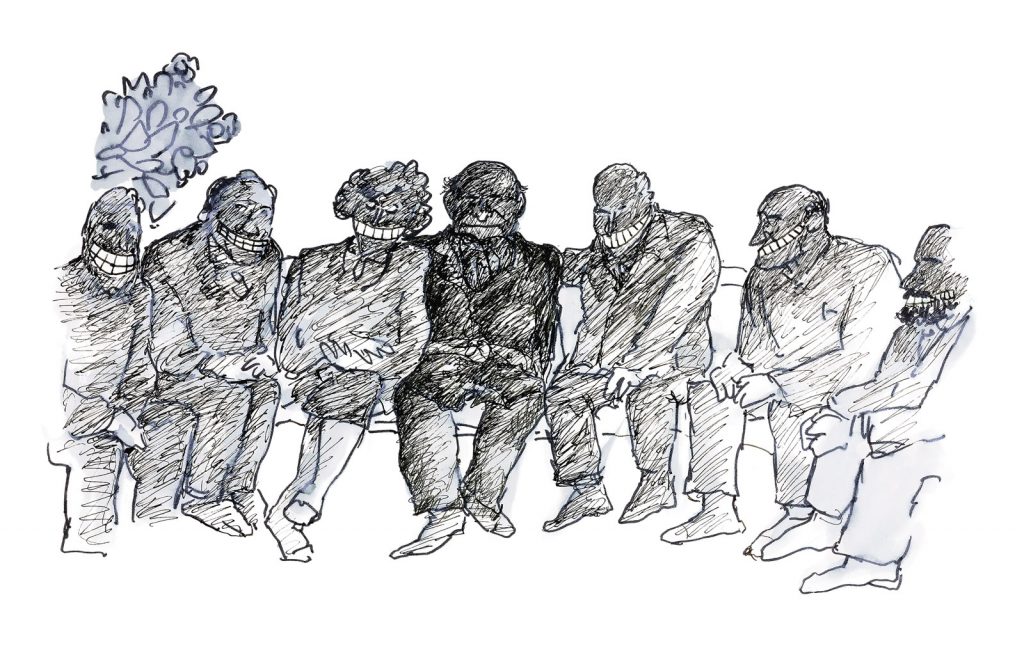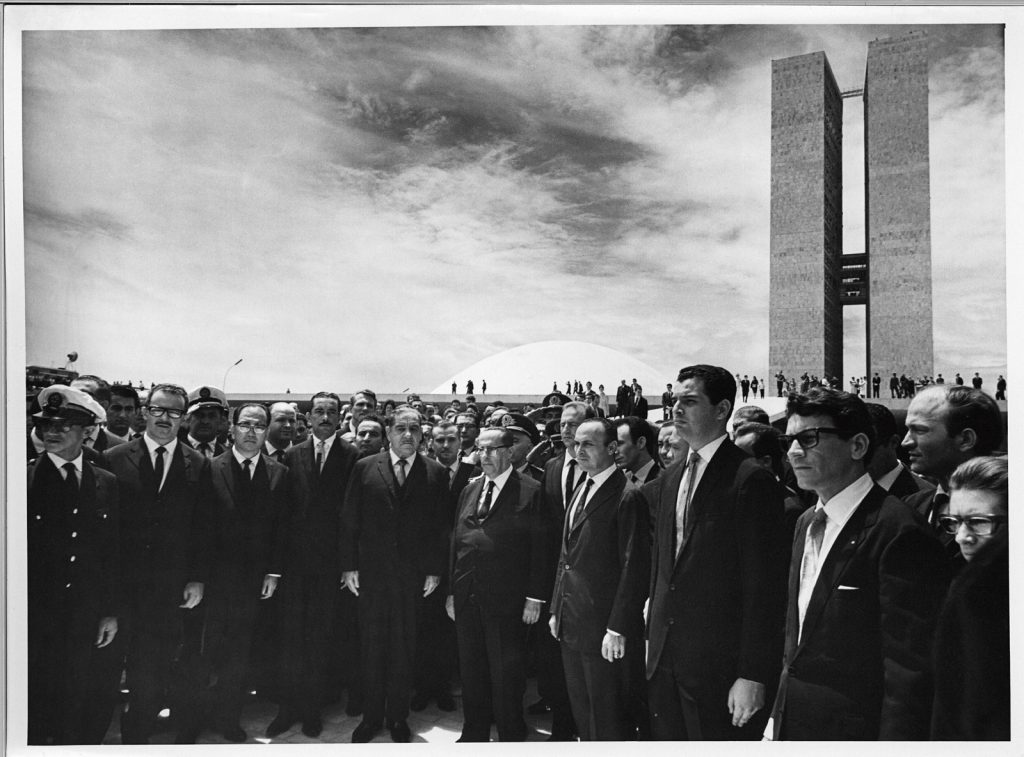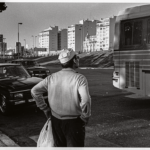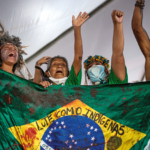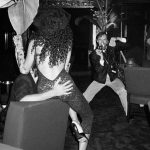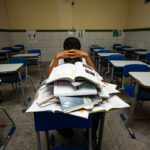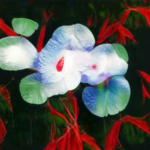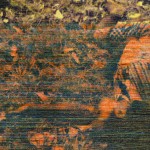True or false
Publicado em: 22 de May de 2017Part of reality
To better understand this type of photograph, we should invoke the distinction between truth and righteousness drawn by the Christian philosopher St Anselm (c. 1033- 1109). According to him, the internal consistency and grammatical correctness of a verbal statement does not ensure that it is true: a coherent and well-argued proposition may be false. By applying this distinction to pho- tography, we can distinguish a correct photograph from a true photo. An image is correct when it was not manipulated or staged, but that is no guarantee that it is true.
Where does the falsehood come from? It stems, in principle, from the essential difference between a sign and its object. As ex- plained by the philosopher St Augustine (354- 430), every image is something different from its reference: “How could it be a real painting if it was not a fake horse?” This ontological difference between the photo and the real is responsible for the primary “falsehood” of these replicas: even if the replica could be considered an emanation from the object, it would represent a fact that has ceased to exist. What an image shows only happened once, and will never be repeated under the same conditions. The Presocratic philosopher Heraclitus (c. 540-c. 480 BC) demonstrated that no one enters the same river twice. The camera records a real scene, but the resulting sign is far from that reality as soon as it is created.
The photograph captures the “here” and “now” and, therefore, is necessarily tied to the past. Imagine, for example, a photograph showing that “it is daytime now.” The German philosopher G. W. Friedrich Hegel says in his Phenomenology of Spirit (1807): “We note then this truth, for a truth loses nothing by being noted.” Now, just wait a few hours, to see if the photograph has become false because “it is night now.” The same applies to the “here”: at this moment, “here is my home.” After some time, here becomes the street, the school, the office. If photographs only record the here and now, they are doomed to fix a spatial and temporal shot of the reality that, strictly speaking, no longer corresponds to the present: “As the photograph becomes older, it is no longer possible for it to be an immediate reference to the original […]. Each year that passes, its value as a sign is reduced,” says the German journalist and writer Siegfried Kracauer, in the essay “Photography” (1927).
A photograph is never identical to reality, but this does not solve the question of the difference between truth and staging of a scene. The world is constantly changing, however, this fate does not prevent images from recording essential traits of people and things that existed or still exist. The problem is not to determine whether the photographed object remains or has already disappeared, but to ascertain whether the image could grasp what it really was, or whether it just caught an accidental or secondary aspect. To find out if a photo recorded the essence of the real, however, requires a conceptual clarification: what is truth?
“The truth is the whole,” teaches Hegel. The same view is held by St Augustine: “To judge a building, we should not limit ourselves to consider only one angle, nor to judge the beauty of a man, just his hair, or a good speaker, only the movement of his hands. […] It is necessary to consider them as a whole if we are to judge them correctly.” The difficulty lies in the fact that the whole does not reveal itself directly: “The trees do not let you see the woods, and it is thanks to this that the woods exist. The purpose of distinct trees is to make the others latent, and it is only when we fully understand that the visible landscape is hiding others, invisible, landscapes that we feel that we are inside the woods […]. The woods are latent as such,” the Spanish philosopher José Ortega y Gasset says in Meditations on Quixote (1914).
At any moment, we only have access to a fragment of the real. Every photographer takes advantage of the world and faces reality from a particular point of view: “When I look at a man outside of me and in front of me,” says the Russian literature theorist Mikhail Bakhtin in The Aesthetics of Verbal Creation (1979), “our concrete horizons, as they are actually experienced by both of us, do not match. However close to me this other might be, I always see him and know something that he himself in the position he occupies, and which puts him outside of me and in front of me, cannot see.” Relative to the other, I always have something to spare and a lack of perception: I see things that he does not see, and vice versa. To find out what the other actually sees, I have to place myself in the position he occupies in the world. As the Florentine philosopher Nicolau Machiavelli writes in The Prince (1532), “those who draw the contours of countries stand upon the plain to consider the nature of the mountains, and to consider the plains, they ascend the mountains.”
In concrete terms, every man is always faced with fragments of the real. But they do not see these fragments the same way: some people only perceive the parts, while others perceive the whole that gives them meaning. The first stay upon the surface of things, while the latter can pass through the sensitive shell and capture the structure. In the first case, we have an analytical view, focused on the details; in the second, the perception is synthetic because it prioritizes the totality. These different perspectives open the way to produce different signs: when you can grasp the whole, it is possible to find a part capable of expressing it to the senses.
In fact, the parts are not equal: some are able to reveal the whole, but others cannot. So, a photograph is true to the extent that it registers an essential moment of reality, and false in that it records a detail that distorts and contradicts this essence. As every entity has a story and borders, a true image should be a cutout which is able to condense the future “becoming” and the place of that entity in the world. This is what the “decisive moment” of the French photographer Henri Cartier-Bresson is about. If we record an action through a set of images, most of them are probably not able to reveal the temporal sequence. When analyzing the photos produced by the English photographer Eadweard Muybridge (1830-1904), the German psychologist and art theorist Rudolf Arnheim observes in Art and Visual Perception (1954) that, in the series that shows “a blacksmith in action, the full impact of the blow appears only in those images where the hammer is raised to the maximum.”
Time displacement
We saw earlier that it is possible to distort an image of an event by removing a character or an element essential to its understanding, as is the case with the editing of the image of the political rally with Prestes and Vargas. But the subtraction of this element can also occur in the case of time. See the photo on page: It shows the footballer Roberto Rivellino at an interview in 1972.
As a footballer, Rivellino never played for Palmeiras [a major football team in São Paulo]. The photo was taken after a game, when the players exchange their shirts with their opponents. But for those who are unaware of his career, the image gives the impression that Rivellino played for Palmeiras, not for Corinthians [another major football team]. And, as time passes, the number of people who may be deceived by the image tends to increase.
Similar examples can be found in other sports. In the fight between the American boxers Muhammad Ali and George Foreman in 1974 in Zaire (now the Democratic Republic of Congo), it is not hard to find pictures of Foreman punching his opponent. But it was Foreman who lost the boxing match. Such distortions can also be found in political journalism. Imagine a peaceful protest on the streets of a city. Suddenly, the police charge into the crowd and begin to attack the protesters. A teenager tries to defend himself, and the photographer of a major newspaper records the precise moment he raises his arm against a police officer. The image is published accompanied by the caption: “Thug attacks policeman.”
How should we classify this photo? There is no doubt that the young man raised his arm against his attacker, but the image captured only one inessential moment in the sequence of events: it is a part that does not reveal all but completely distorts its meaning. Returning to St. Anselm’s distinction, we can say that the picture is false, although it has not been manipulated. And, conversely, we can see that there are photographs that are staged and manipulated but are also true, as staging and manipulation can also be employed to reveal the whole. Arnheim explains: “We ask ourselves if the photo is characteristic of what it is intended to show. A photograph may be authentic but false; or true, though inauthentic.” It is worth remembering the anti-Nazi photomontages by the German painter John Heartfield: manipulation can be used to highlight the truth. It is on this basis that the French sculptor Auguste Rodin (1840-1917) criticized photographers. He said that people photographed while walking always seemed to be standing still, supported by a leg or hopping on one foot. This did not occur in paintings: “It is the artist who tells the truth and photography that lies; because in reality, time does not stop.” According to Rodin, the French Romantic painter Théodore Géricault (1791-1824) was criticized for having painted “horses galloping at high speed with the rear and front legs raised simultaneously. They say the photographic plate never shows that.” And he added: “I think it is Géricault who is right, and not the photograph, because the painted horses appear to be running,” while the photographed horses always seem to be still.
Essence displacement
Evidence that staged scenes are sometimes more real than the “authentic” images can be found in the following episode. On March 14, 1985, on the eve of his inauguration as President, Tancredo Neves was hospitalized in the Hospital de Base in Brasília with severe abdominal pain and underwent two surgeries. On March 25, to show the good recovery of the President, he and his medical team took a photo in the hospital. In it, Tancredo gives a slight smile. The photograph was taken by the official presidential photographer, Gervásio Baptista, and distributed by the Brazilian News Agency.
On the same day the photo was published in the newspapers, his condition worsened. Doctors found bleeding in his intestine and he was transferred urgently to São Paulo, where he was operated on again at the Heart Institute of the Hospital das Clínicas. The next day, Millôr Fernandes published a car- toon in the Jornal do Brasil based on the official photograph. All the doctors are gray, with broad smiles; only Tancredo, in black, does not smile. The president died less than a month later. The official photo, published on March 26, gave off a false optimism; the cartoon inspired by from that image anticipated the outcome of the episode.
In short: a picture is true if it condensed a historical process, and false if it registered only an inessential part that distorts the event. Photos that omit the essential features of reality can be classified as ideological. According to the philosopher Marilena Chaui, every ideology consists of an incomplete discourse: “The ideological discourse is made of blank spaces, as in a phrase in which there were gaps. The coherence of this discourse (the fact that it remains with a coherent logic and exercising power over the social and political subjects) is not a coherence or an obtained power despite the gaps, despite the blanks, despite what is hidden; rather, it is thanks to the blanks, thanks to gaps between the parts, that this discourse is presented as coherent,” she says, in Cultura e democracia [culture and democracy] (1981). If these gaps were filled, the discourse would self-destruct: “The ideological discourse is sustained precisely because it cannot say to the end what it intends to say.”
Thus a false image is born suppressing an essential feature of reality, whether it be through a spatial or a temporal cutout. But not always does the deception assume the complete elimination of the essential part: it is enough to arrange the photographic elements in such a way as to produce the impression that the essential thing is unimportant, and vice versa. For example, General Arthur da Costa e Silva posed for a photograph in front of the National Congress after taking office as President in 1967. The only person wearing a uniform in the foreground is on the left-hand corner of the image. All the others appear to be civilians. Costa e Silva, however, only came to power because, as Minister of War, he was the political representative of the military establishment. The essential feature was shifted to the periphery of the scene, and the accidental element occupies the center.
Time and truth
The true is the whole. But if the historical process that the photograph registers is on-going, it is impossible to define exactly whether that image is true or false. There is an image made after the explosion of the atomic bomb on Nagasaki showing a young woman smiling; in the background, we see the totally devastated city. It is an intriguing photograph. It is understandable that someone is glad to have survived a catastrophe, but the surrounding world provides no objective basis for any kind of hope. How should we assess this photo? Is there a real basis for optimism about the fate of our world? I believe that in this case we must resort to the answer that the Greek politician Solon (c. 630- c. 560 BC) gave King Croesus of Lydia. According to Herodotus, after displaying his immense wealth to the Athenian legislator, the king asked him who “the happiest man you have seen until now” was, in the belief that he would be chosen. Solon, however, spoke only of individuals who had ended their days in glory. Enraged, Croesus questioned him: was he, by any chance, making little of his happiness? Solon replied that it was impossible to judge someone before his death: “Thou certainly possess considerable wealth and reign over a great people, but I cannot answer your question without knowing if thou shalt end your days in abundance.” He concluded: “Before the end, avoid judging a man.” The same goes for the photos. In some cases, it may be necessary to wa t centuries to see if they are true or false. ///
Tags: fotojornalismo

